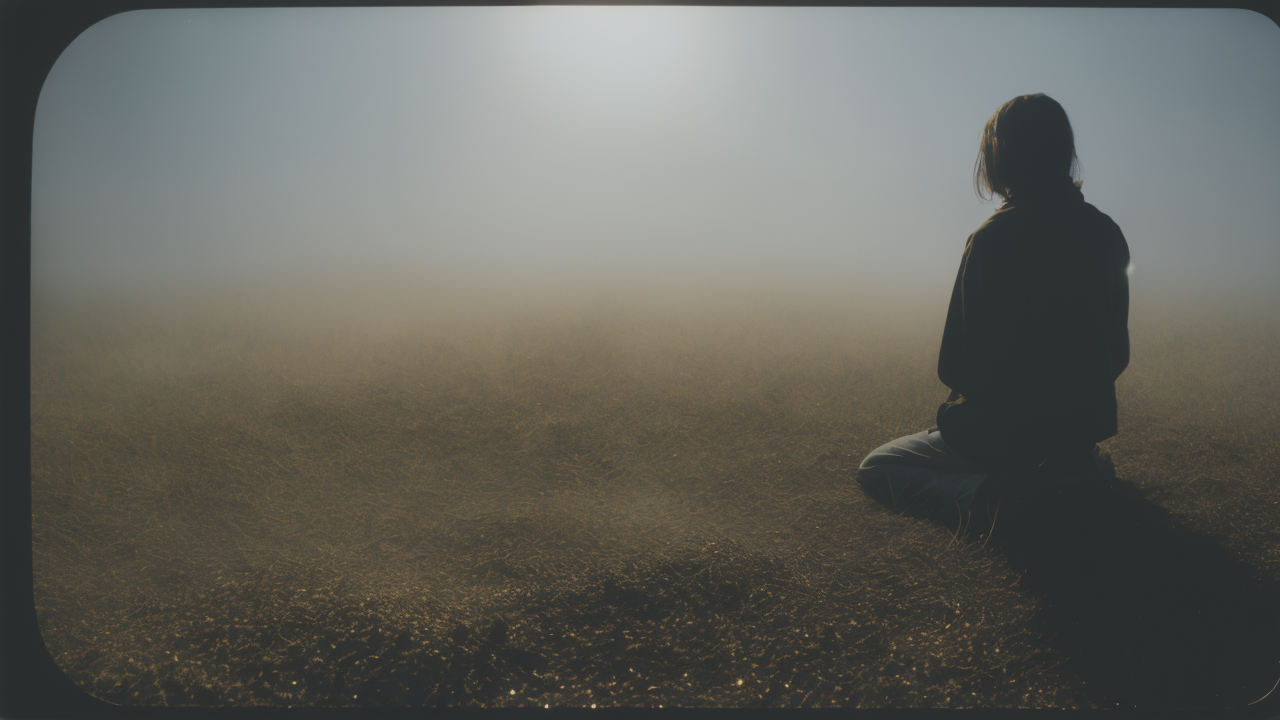
Creating Vibrant Artpieces: Advanced SG210 Techniques for Window Wall Decor
Understanding SG210: A Deep Dive into its Potential in Oil Painting
The Origins and Development of SG210 Technology
SG210 is a groundbreaking art material that has changed the game for painters. It was created to enhance texture in oil paintings. The journey of SG210 began in the early 2000s. A group of scientists and artists worked together to develop this new medium.

Their goal was to make a paint that could do more than traditional oils. SG210 can create intricate textures. It also dries faster than regular oil paint. This allows artists to work more efficiently.
The team tested many formulas before finding the perfect one. They wanted to keep the best qualities of oil paint. But they also aimed to add new features. SG210 allows for unique layering techniques. It also maintains color vibrancy over time.
Comparing SG210 with Traditional Art Materials
SG210 stands out from other paints in several ways. Let's compare it to traditional oil paints:
- Texture: SG210 can create more detailed and varied textures.
- Drying time: It dries faster than oil paint, but slower than acrylic.
- Workability: You can blend it for a longer time than other paints.
- Color: The colors remain vibrant for a longer period.
- Durability: It's more resistant to yellowing and fading than traditional oils.
Traditional oil paints still have their merits. Many artists appreciate their familiar feel. But SG210 opens up new possibilities. It allows artists to experiment with textures in ways they couldn't before.
SG210 also differs from acrylic paint. It dries slower than acrylic, giving artists more working time. But it's still faster than traditional oils. This balance offers flexibility in the painting process.
Unlocking Creative Horizons: Exploring the Versatility of SG210
From Impressionism to Expressionism: SG210's Role in Modern Art
SG210 has found its place in various modern art movements. It's particularly useful for creating different painting styles. In Impressionism, SG210 helps artists create vibrant, textured landscapes. They can blend colors smoothly while maintaining clear textures.

For Expressionist art, SG210 is ideal for conveying strong emotions. Artists can make bold, thick brush strokes. These strokes can add drama to a painting. The bright, lasting colors of SG210 also suit this style well.
Abstract artists have embraced SG210 for its textural possibilities. They can create unique and complex textures with it. The paint can be shaped and layered in many ways. This opens up new avenues for non-representational art.
Innovative Approaches to Color and Texture with SG210
Artists are discovering new ways to use SG210. Here are some innovative techniques they've developed:
- Layered glazing: Applying thin, transparent layers to create depth.
- Texture sculpting: Using tools to create 3D effects in the paint.
- Color blending: Mixing colors directly on the canvas for unique hues.
- Impasto techniques: Creating thick, raised textures for dramatic effect.
- Sgraffito: Scratching through layers to reveal colors beneath.
These methods allow artists to create paintings with unprecedented depth and texture. SG210's unique properties make it possible to combine techniques in new ways. This leads to artworks that push the boundaries of traditional painting.
The paint's extended working time allows for more complex color mixing. Artists can blend and layer colors to achieve subtle gradations. This is particularly useful in landscape and portrait painting.
Strategies for Mastery: Tips and Techniques for Using SG210
Best Practices for Optimizing SG210 Tools for Artists
To get the most out of SG210, artists should follow these best practices:

- Prepare your surface properly. SG210 works best on a well-primed canvas or panel.
- Start with thin layers and build up. This allows for better control of texture and color.
- Experiment with different tools. Brushes, palette knives, and even unconventional tools can create unique effects.
- Use a variety of brush strokes. SG210 responds well to different application techniques.
- Allow adequate drying time between layers. This prevents muddying of colors.
- Clean tools thoroughly after use. SG210 can be harder to remove once dry.
- Store paintings in a cool, dry place. This helps preserve the vibrant colors and textures.
It's important to understand the drying properties of SG210. While it dries faster than traditional oils, it's not as quick as acrylics. Plan your painting sessions accordingly.
Mixing SG210 with other mediums can yield interesting results. However, always test combinations on a small scale first. This ensures compatibility and desired effects.
Advanced Techniques for Achieving Maximum Impact with SG210 Oil Paints
For artists looking to push the boundaries with SG210, here are some advanced techniques:
- Texture mapping: Create a base layer with heavy texture, then glaze over it for depth.
- Color shifting: Use SG210's blending properties to create subtle color transitions.
- Negative space texturing: Apply texture to negative spaces for unique compositions.
- Multi-layer impasto: Build up thick layers of paint for dramatic 3D effects.
- Texture contrast: Combine smooth and rough textures in one piece for visual interest.
These techniques require practice and experimentation. Start with small studies before applying them to larger works. This allows you to understand how SG210 behaves under different conditions.
Remember that SG210's extended working time is a double-edged sword. It allows for more blending and reworking. However, it also means you need to be patient and plan your painting process carefully.
Finally, don't be afraid to combine SG210 with other media. Its versatility allows for interesting mixed media approaches. This can lead to truly unique and innovative artworks.
In conclusion, SG210 offers exciting possibilities for artists. Its unique properties allow for new approaches to texture and color. By mastering its use, artists can create stunning, innovative works that push the boundaries of traditional painting.


